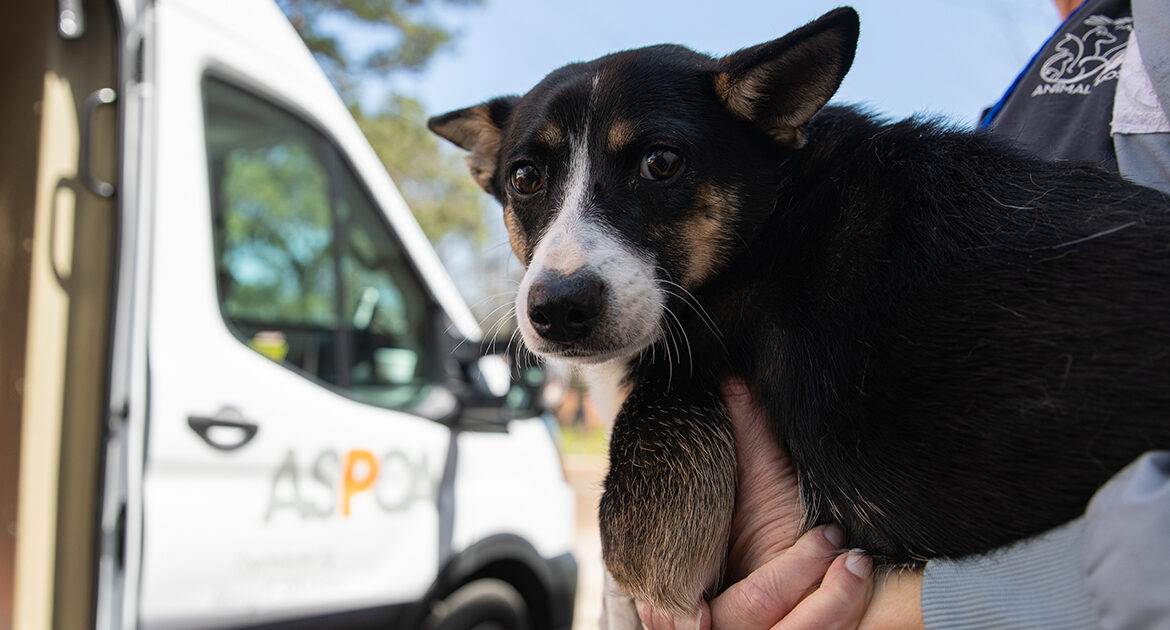We know that you love your furry friend and their safety matters the most to you. However, a blackout or severe emergency can make anyone stressed, but an emergency may be all the more terrifying to your favourite pet. In India, where power cuts and unexpected storms are increasing, it is crucial to be ready beforehand, as a surprising emergency may worsen the condition for your pets. This blog is a deep dive into tested and proven tactics of top professionals on how to maintain your furry, feathered or scaly loved ones safe, laid back and attended to at times when the lights go out or worse still, when the shooting starts. Get in touch with Pets Can Fly, which provides pet transport service in India for any sort of emergency help.
Tips to Take Care of Your Pets in an Emergency
Emergencies can take place anywhere at any time, there is no stopping them, but the least we can do is be prepared for them for our as well as our beloved pet’s safety. Here are a few tips on how to keep your pet safe in blackouts and emergencies.
1. Keep A Pet Emergency Kit
Make sure you have an emergency grab‑and-go kit all the time. Stock it with a supply of pet food and water for at least three days, pet medications, a first-aid kit, some favourite toys, a list of all contact information and extra leashes or carriers. Put everything in a waterproof bag or a hard backpack. Response teams recommend installing it above the ground to prevent it from being affected by floods. It is necessary to check and replenish inventory regularly in order not to lose anything.
2. Design an Evacuation Plan
Create evacuation maps and locate pet-friendly hotels, kennels and boarding shelters beforehand. It is favourable to research nearby boarding facilities or consult the local councils of the area if that place is unfamiliar to you. And finally, think through where you will take your pet in case you have to evacuate separately, discuss with neighbours and friends ahead of time, and practise an evacuation exercise with your carrier in case it is unfamiliar to your pet.
3. Keep The IDs and Microchips Current
Make sure pets have up-to-date tags in their collars and can be microchipped with the most recent contact number. Microchipping is already a very crucial practice for your dog, and it is also encouraged for cats and rabbits. Put in a clear photo, vaccination records, and vet information in your grab kit so procedures involving missing pets run well.
4. Thermal Comfort
On hot days, bathe pets by using battery-operating fans, lots of fresh water, use damp towels or cooling mats or change to a tiled, shady room. In the cold weather, wrap them up in blankets, electrically powered heaters, pet jackets, or come into contact bodily to share warmth. Find the middle ground between comfort and security- no fire hazard risks, such as candles and the like, should be used in case of a power cut.
5. Defend Aquarium & Reptile Tanks
Pets living in man-regulated environments require particular attention. Fish do not get harmed by short outages, but during long periods of blackout, they will need aerators powered by batteries. In the case of reptiles, enclosures should be insulated with towels, chemical heat packs used, but not without wrap to prevent burns, and should not be fed until the temperature is stabilised.
6. Eliminate Risk and be Alert
In cases of power failure, there can be unknown hazards that can take place; keep the candles, stoves, and open fire at a distance. Ensure that loose cables or equipment, particularly generators, remain outside since they need to be in the open, which means they should not be rushed inside. See signs of unusual pet behaviours, such as a stress response or a panicky pant and being hyperactive, and then reassure them using still and calm support measures, rather than feeding them carbs indiscriminately.
7. When necessary, Organise Emergency Boarding
Consider pre-booking emergency boarding in case a blackout or other emergency is expected to take 12 or more hours, or you are unable to ensure safe surroundings. Considering the case, if your pet is already old or has unresolved health parameters or sensitivity to severe weather conditions, it is even more crucial. You will find this relieving, and you will not worry about your pet being in the hands of professionals.
8. Keep Calm & Keep Routine
Your pet gets infected by your stress. Have a cool composure and calm tone during emergencies. Stick to regular, consistent feeding, walking, rest or even though slight deviations may occur, at least there would be some form of normality. Keep some favourites out to draw attention and ease your companion, to calm anxiety.
Post Emergency? This is What To Do
Now that you’ve figured out how to keep your pet safe in Breakouts and Emergencies, you must also know what your next plan of action should be after the emergency situation is over. Here’s what you should do:
1. Test Their Wellbeing and Feelings
After normalcy has been restored, watch your pet closely. Seek out signs of stress or anxiety, such as a change of appetite, unusual tiredness, or lack of orientation. When it lasts longer than a few days, visit a vet in order to make sure that there is no intrinsic issue either. In case the symptoms last more than two days, it is advisable to contact a veterinarian to make sure the underlying issue is absent.
2. Check the Conditions of Home and Habitat
Examine your pet against such things as the refrigerator, water system, or fish tanks. Make electrical, heating and filtration systems functional and then release pets. Wash tanks, clean water, and discard all bad food and medications.
3. Restock Kit & Review Kit
Clear and refill your emergency kit. Dispose of old foodstuffs, used batteries, fluids, medicine and vet documents. Write whatever you missed out on and made during the event, then keep it somewhere by keeping the kit and storing that item in a nearby location.
4. Brief and Revise Your Plan
Consider the way the emergency occurred. At what point did you fall? What’s wrong? Update emergency exits, embarkation strategies and family roles next time. Rehearse your plan together with your pet so that he is ready both emotionally and physically for future exercises.
5. Sharing Your Experience & Learnings
Make some announcements to your pet community. You can post your experience in forums, local meetup groups or your vet. Be willing to give what passed the test, and what failed. The resilience of everyone can be built through the development of a knowledgeable and prepared community of pets.
What To Do When Your Pet Is Injured In An Emergency?
Emergencies may be rather chaotic, and under such circumstances, even the most insured pets may suffer some stings, like a cut caused by broken glass, a burn caused by some overheated machinery, or emotional trauma, provoked by stress. In case your pet is injured in case of any blackout or emergency, act calmly and go to your pet without sudden movements, as the pet might panic and even bite out of pain. Cover them with a soft towel so that they do not move, and analyse the injury without pressing too hard. Minor wounds can be treated with products of your pet’s first-aid kit, such as gauze, antiseptic wipes, and vet wrap. For real damages such as deep cuts, burning, or a fracture, call your vet. Avoid injuring your pet by travelling on its cushioned carrier, and have emergency contact numbers at hand.
Take Action Before It Is Too Late
Emergency or blackout can take place at any moment, but your preparedness need not be random. A little planning, well-thought-out kits, pet-friendly thermostats, reassuring emergency exit procedures and cool thoughts by the people in charge can make your pet comfortable and secure even in case of a power outage. These measures in advance not only save your partner but also give you a feeling of tranquillity because, in times of crisis, the health of your pet is one of the main concerns.
Frequently Asked Questions
1. What is an emergency pet kit?
The required essentials in an emergency kit are 3 days of food & water, medications, vet records and microchip, photo identifications, a first-aid kit, a blanket, an extra collar and leash, toys and emergency contacts, all staying in a watertight bag and rotated frequently.
2. What is the maximum time pets can live without electricity?
Fish and reptiles may survive 1-2 hours without aeration or heat in a tank; later, battery backup or insulation becomes critical. With warmth, enough water, and shelter, cats and dogs can tolerate colder temperatures.
3. Is it possible to use candles and to warm pets in case of a blackout?
No. Candle is a fire hazard, particularly in and around pets. Instead, choose torches and battery heaters and seal unused rooms to keep the heat inside in a safe way.
4. Is it best to evacuate my pet during a long power outage?
Yes, when temperatures remain extreme or when a power outage lasts more than 12 hours, you should find emergency boarding or pet-friendly lodging.
5. What can I do to ease a worried pet during a power outage?
Be soothing, let them know everything is alright, continue with usual activities, give them treats, play with them or have a petting session.





